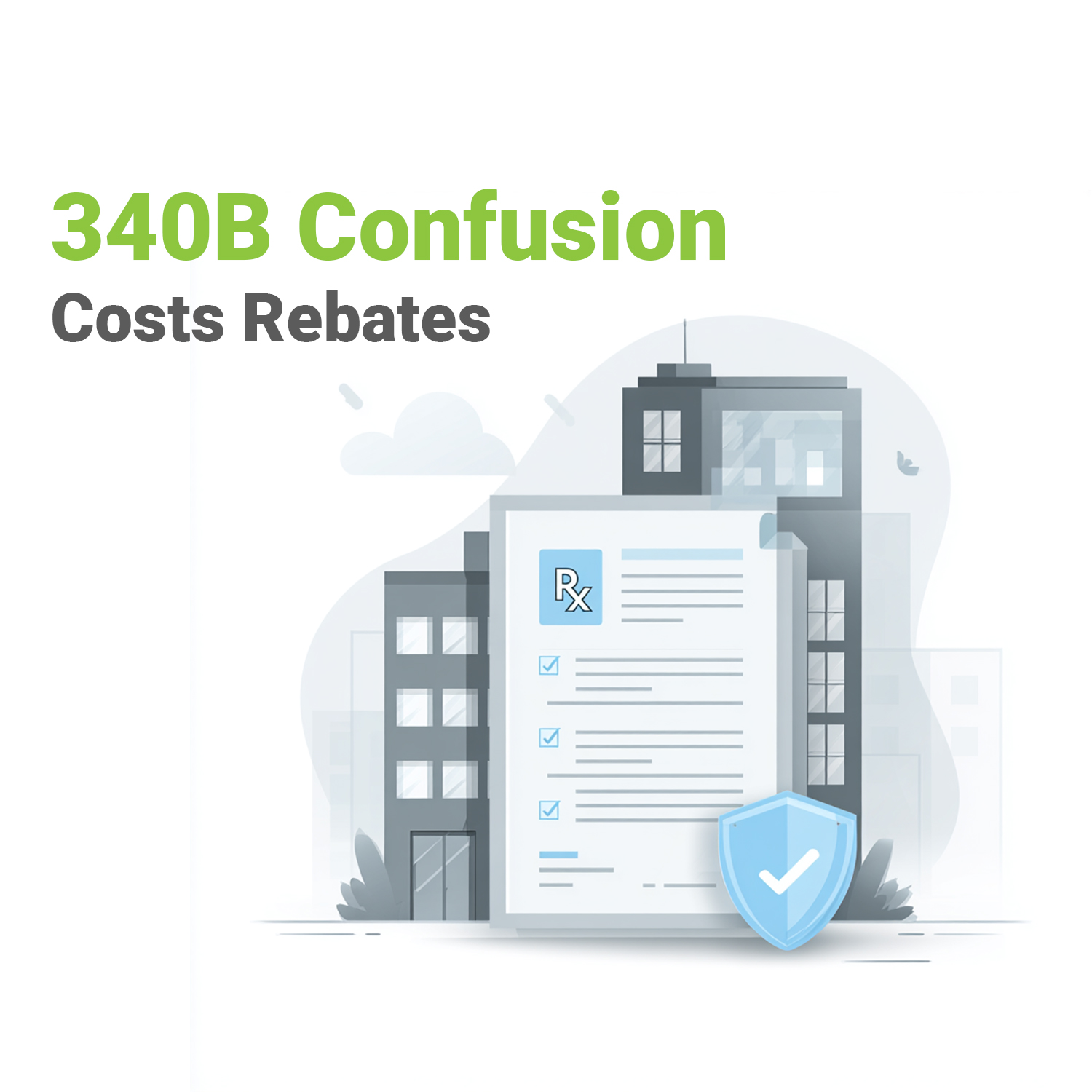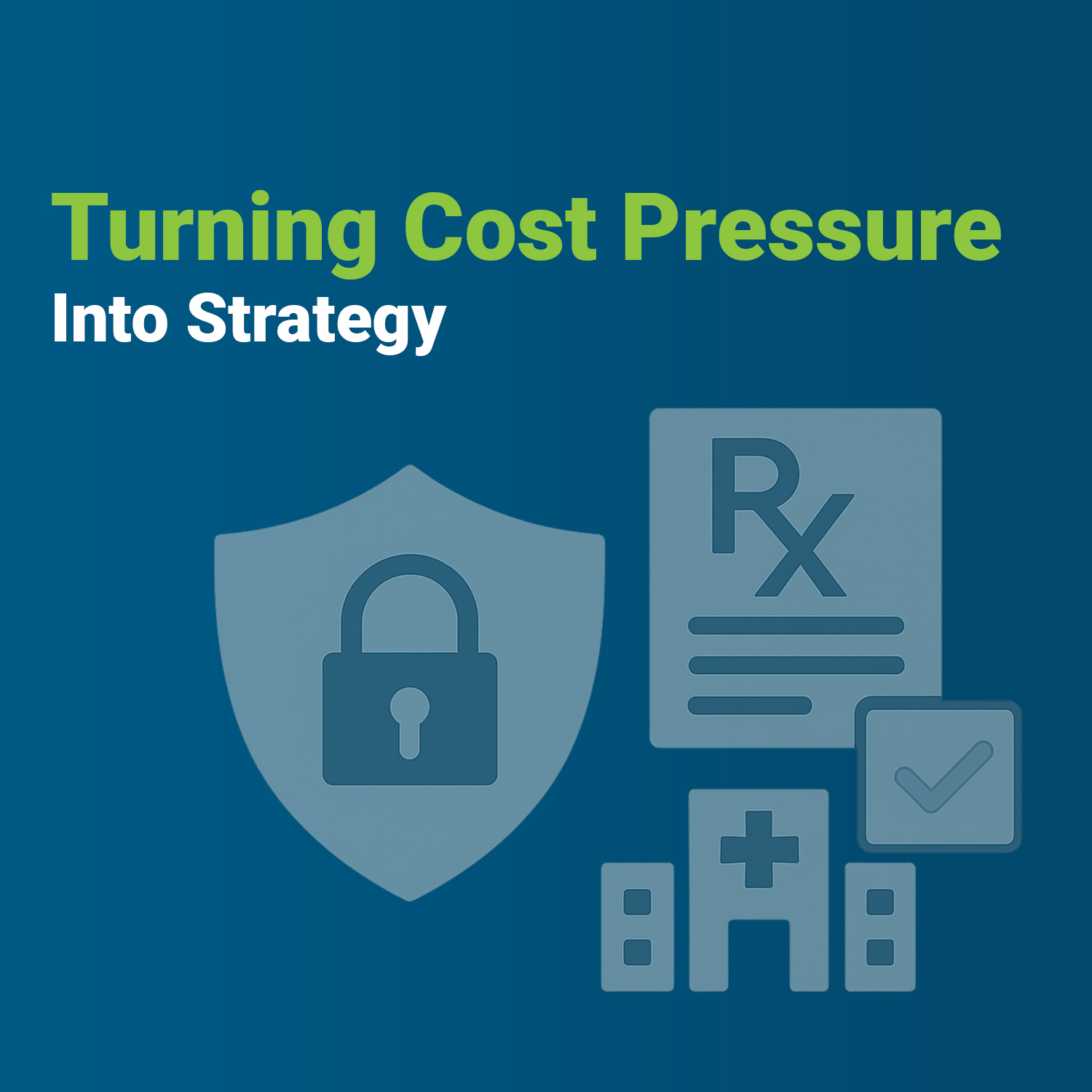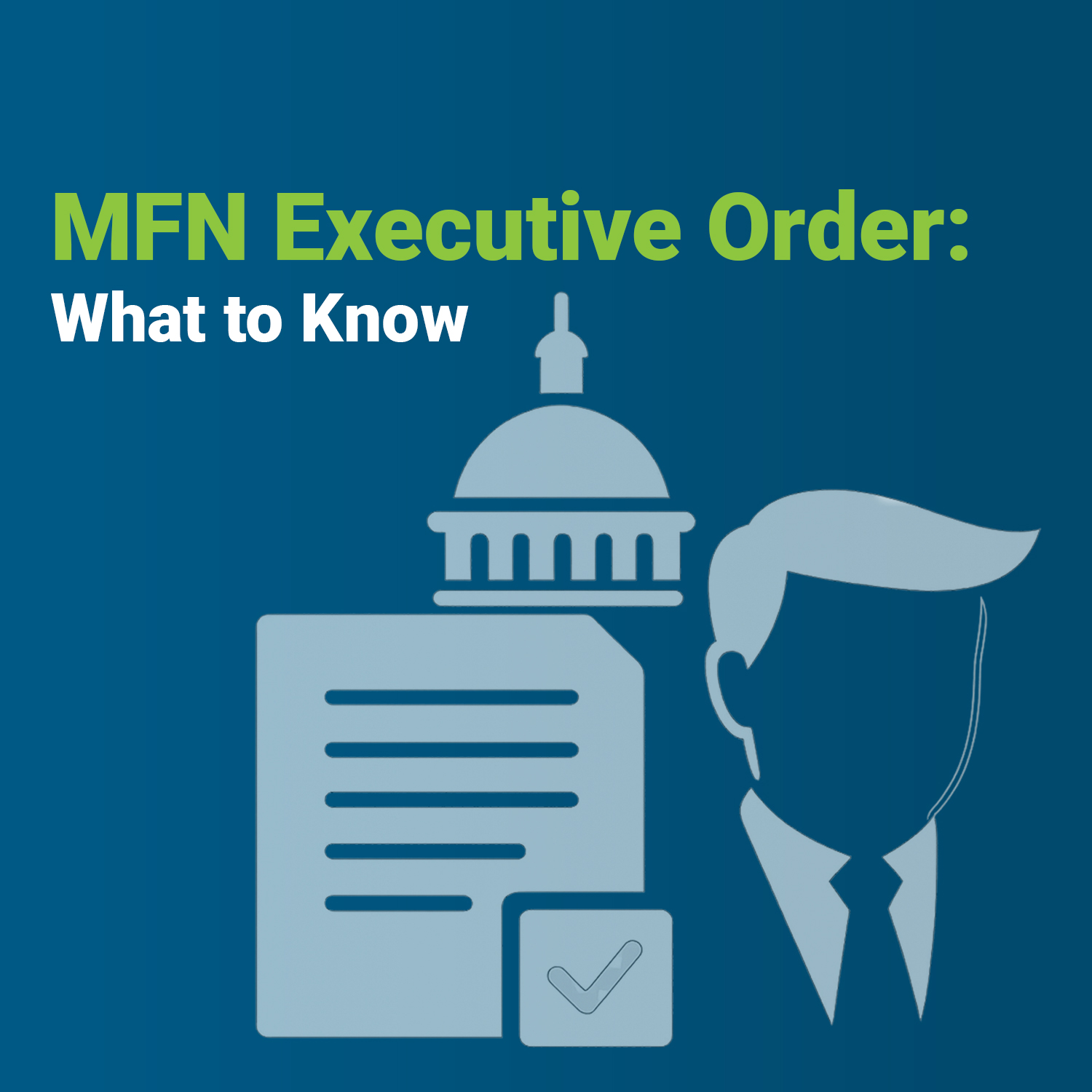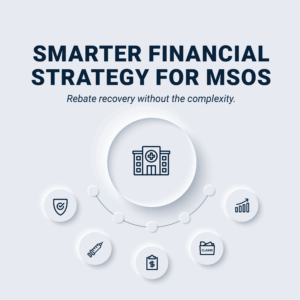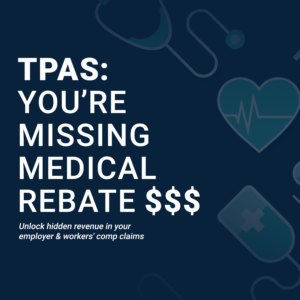Updated April 7, 2022
Have you ever gone into your doctor’s office and mentioned a new drug that you saw advertised on television or in a magazine? Or did you ever hear about an amazing new medicine from a friend and asked your doctor if it was right for you as well?
Don’t worry. Doctors and nurse practitioners hear about new medicines all the time from their patients and are often happy to explore the pros and cons of the new medicine as a treatment for you.
But they’ll probably also say the words that you might think are a showstopper: “It can be expensive.”
These days, that’s not necessarily a showstopper, thanks to drug discount programs administered by the pharmaceutical companies themselves.
How co-pay discount programs work
Here’s how it works. First, the discounts are generally for people who already have insurance*. The goal of the discount is to dramatically reduce your co-pay, in some cases from more than $100 to something much more manageable like $10.
* If you don’t have work-sponsored insurance or other commercial prescription coverage, there are other ways to cut the cost of newer medicines which we will discuss in another article.
Where to find prescription deals
Go to any website for your new prescription medicine and you’ll find their discount programs prominently displayed. It might be called a co-pay card, it might be called a discount program, or there might just be a coupon offering savings. Generally, to qualify for the discount you just need to sign up on the website and share some contact details and some information about whether or not you have a prescription (you’ll need to have a prescription to get the co-pay savings, of course).
Because of pressure applied by elected officials, the medical community and the general public, in recent years pharmaceutical companies have introduced many programs to increase affordable access to newer prescription drugs.
“If you’re looking at a copay of $100 or $200,” says VativoRx CEO Lisa Quarterman, “and it’s suddenly just $10, that’s like magic. And it’s yours, just for asking.”
Quarterman, who heads VativoRx, a pharmacy benefit management company, notes that there may be eligibility requirements, but that most people with a prescription benefit plan will qualify. “There are few things better than getting the medicine you need at an affordable price.” Quarterman says. “VativoRx has extensive experience with drug manufacturer assistance programs, and we are diligent in making sure patients have access to all available funding options.”
Prescription drug coupons are growing rapidly
According to the non-partisan Congressional Budged Office (CBO) in its landmark 2022 study Prescription Drugs: Spending, Use, and Prices, “coupon programs offered by manufacturers have become more prevalent over time: Whereas in 2009 manufacturers issued coupons for fewer than 100 brand-name drugs, by 2015 more than 700 drugs were covered by coupons.
Is the copay card too good to be true?
Sound too good to be true? It’s not. But there are a few things to consider.
- There are requirements and limitation. If you don’t have private or commercial insurance, you won’t be able to get the discount. Also, if you have government prescription coverage, you’re not eligible.
- There may be limits to how long you will qualify for the discount. Especially with a very new drug, it’s possible that your discount may expire while you’re still on the drug. In that case, you’ll need to either pay the higher price or ask your healthcare provider to explore other medications.
If you have questions about whether your prescription has a co-pay discount program available, ask your doctor or nurse practitioner, your benefit coordinator, or the pharmaceutical company offering the discount.
Photo by Blogging Guide on Unsplash
